How to prevent and act against falls on the ice
The Filomena storm left, but then came a cold wave that turns snow into ice. The emergency services are treating innumerable injuries due to slips and the health authorities advise not to leave the house except in case of necessity.
The Madrid 112 Security and Emergency Agency (ASEM 112) has disseminated the following basic advice to prevent falls on the ice and its consequences:
Use a shoe with grip. Avoid slippery soles. If you have crampons, now is the time to use them.
Take short steps when walking.
Walk with your body slightly leaning forward.
Choose to step on areas with traces of snow.
Tips for avoiding slips and keeping your balance
Walking like a penguin is the recommendation of the Spanish Society of Rehabilitation and Physical Medicine (Sermef). These animals, so accustomed to the rigors of the ice, walk with their arms loose and outstretched. In addition, they walk slowly with short steps and supporting the entire sole of the foot. It is equally important to lean the trunk forward a little. The objective is twofold: in addition to balance, it is important to maintain a solid center of gravity.
Keep in mind that ice is often confused with liquid water and is often invisible. A good piece of advice to prevent slips is to avoid going through shady areas, since they are most likely to harbor more entrenched slippery plates because the sun has not been able to heat them.
David Hernández Herrero, rehabilitation doctor and member of the Board of Directors of Sermef, points out a relevant factor motivated by the protection measures against the coronavirus that causes Covid-19: “The masks make it difficult to see because they lead to the glasses fogging up” . He recommends -especially to older people- not to leave the house in the hours of less sun. "If someone has to go to the pharmacy, he can do it at one in the afternoon instead of nine in the morning." In the central hours of the day, visibility improves and the sun warms the ground more.
Also, the expert advises "not to carry anything in the arms, which are what allow us to keep our balance." Along with wearing good shoes, if possible made of rubber and with an embossed sole for better grip, in recent days emphasis has been placed on the convenience of carrying a cane. But Hernández warns that he does not serve just any cane; If it has a metal tip, it fulfills its function better. In fact, an umbrella of these characteristics can serve. In contrast, rubber-tipped poles can be slippery, so Nordic walking poles are only useful if the rubber tip is in good condition.
Fall properly (if possible)
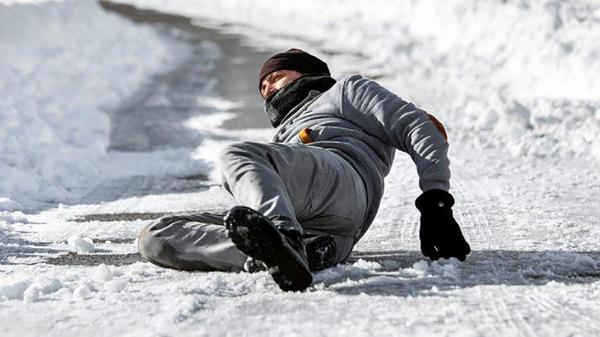
If it is not possible to stop the fall, at least try to fall in the best possible way to avoid serious injury. Sermef rehabilitation doctors recommend, as far as possible, "avoid falling on your knees, spine or any limb, and try to fall on a soft part."
"If the fall is inevitable, the important thing is to think about ourselves and not about what we carry in our hands", highlights the Sermef expert. It's not uncommon for someone to want to protect the groceries he just bought at the grocery store and it costs him a more serious injury. As far as possible, it is recommended to "roll down, as it is done in judo". And, since it is 'preferable' to break a wrist than a shoulder or hip, it is advisable to put your hands to protect other parts of the body.
How to migrate from Evernote to OneNote -- #How #to #migrate #from #Evernote #to #OneNote -https://t.co/MJd2tET3QS https://t.co/8JfzVvM9cK
— News MiM Fri Dec 16 00:05:27 +0000 2016
When slipping on ice, it is more common to fall backwards than forwards, which is safer. Hence the recommendation to walk with a slight forward lean, in order to avoid falling backwards and receiving a blow to the back of the head.
Most frequent and dangerous injuries
According to the Professional College of Physiotherapists of the Community of Madrid (Cpfcm), "with bad footsteps, the lower limbs are more at risk and can cause: ligament sprains or joint dislocations in the ankle, knee or hip", while falls “affect both legs and arms; with them come fractures and mishaps can occur in the wrists, elbows or shoulders”. Therefore, injuries can affect the bones and joints (osteo-articular system) as well as the muscles.
Hernández points out that the most frequent injuries treated in the emergency services are wrist fractures (in people of all ages) and hip fractures (especially in older people).
Regarding severity, he stresses that hip fractures are much more damaging than is usually thought, since in "older people they present an annual mortality close to 40-50%".
Fractures of the shoulder or neck of the humerus are also very disabling and “it is very difficult to recover them in elderly people”.
But the most dangerous injuries are, without a doubt, those that occur in the head. Head injuries can go unnoticed at first, begin to show up after three or four days, and finally be discovered to be a serious injury, such as a subdural hematoma. When in doubt, it is best to go to the emergency room and pay attention to warning signs such as headache, double vision, dizziness, a feeling of lightheadedness...
What to do after the fall
After a serious fall, and when serious injuries are suspected, the steps to follow are the following, according to Sermef: "Assess the patient's state of consciousness, check the damaged area and, if there is any damage, put on a in contact with the emergency services as soon as possible, having previously immobilized the affected area”.
In this regard, Hernández points out that “if there is a break, it is usually noticeable”. The doctor emphasizes the importance of those who come to help the injured person protecting themselves first: "They should not run out to help him because it is most likely that they will also slip and fall." Secondly, if the injured person cannot move because the injury is in their legs, it is important to protect them from the cold and then call 112. If the problem is in an arm, they can be seated on a bench.
Treatment and recovery
Bone fractures are treated, depending on the case, with surgery or by immobilization with a plaster cast. In the latter case, "you have to wait around a month before being able to mobilize the injured bone or joint, while, if the treatment has been surgical, it can be started after 10 or 15 days."
It is convenient to go to a rehabilitation center, where the joints that are well will begin to move first and, as soon as possible, that of the broken bone. “If someone has broken their wrist, they will have to move their shoulder and elbow first. Healthy joints must be moved as soon as possible to avoid circulation problems and other complications”, explains the specialist.


















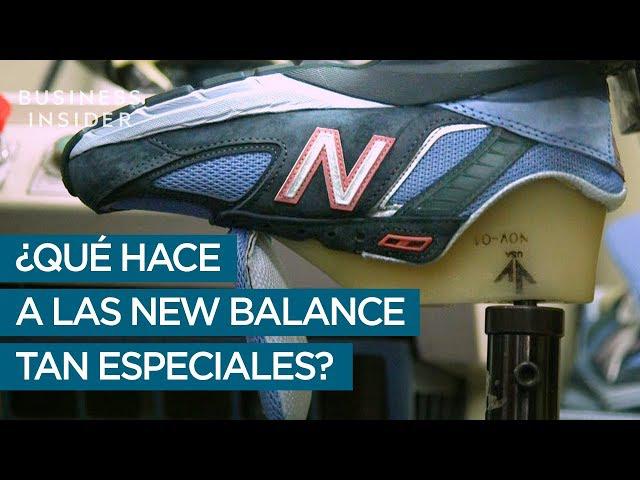
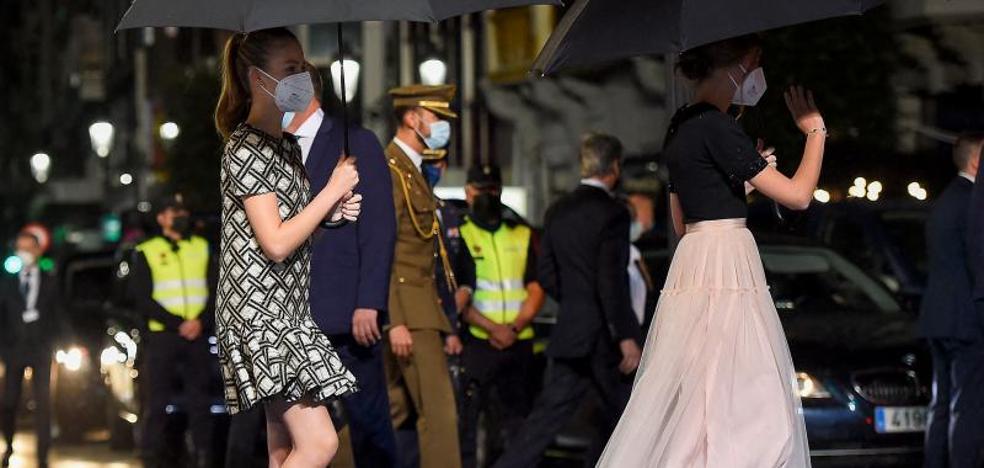
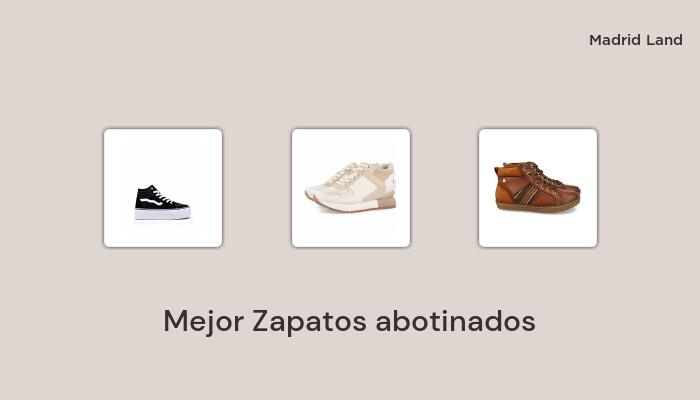

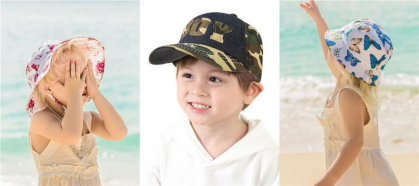
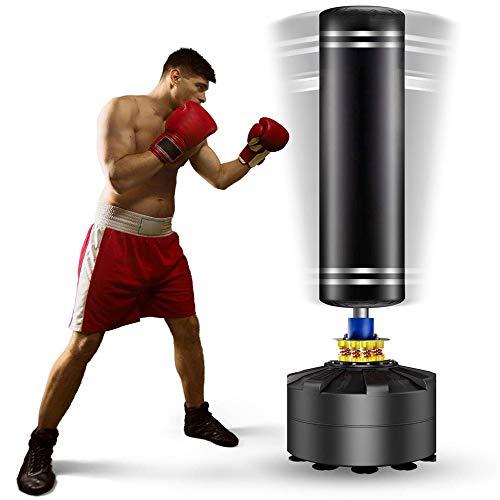

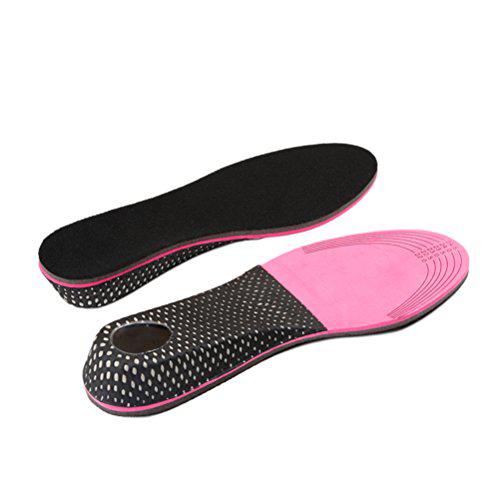
New Balance shoes: from "no one endorses them" to becoming the new favorite shoe of some sports stars
05/02/2022This is the video transcript.Fabiana Buontempo: What do tennis star Coco Gauff, NBA MVP Kawhi Leonard, and Liverpool footballer Sadio Mané have in common? They all use...